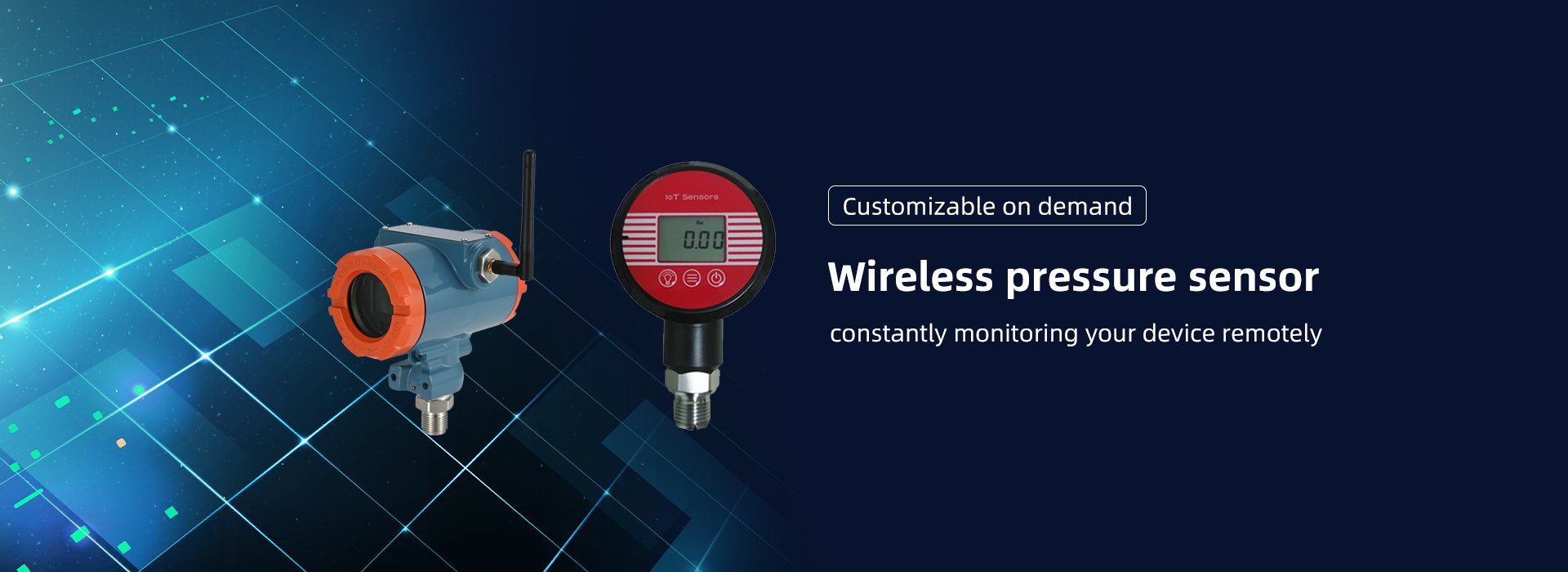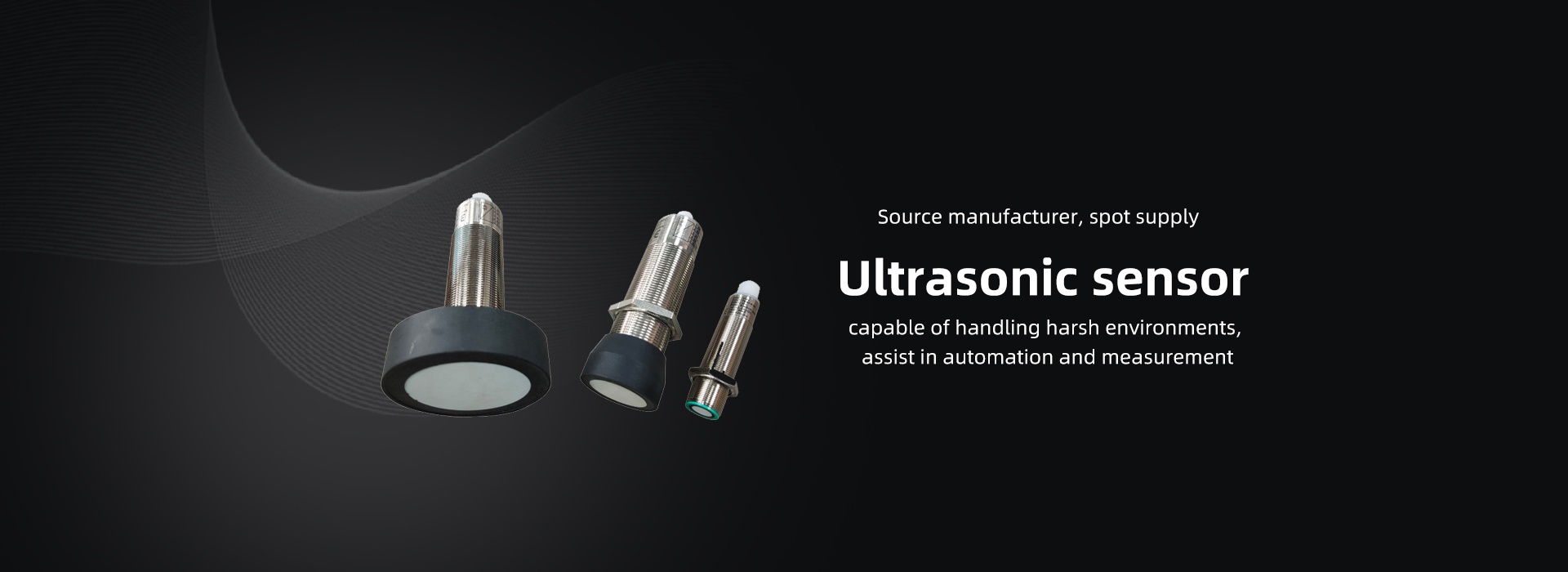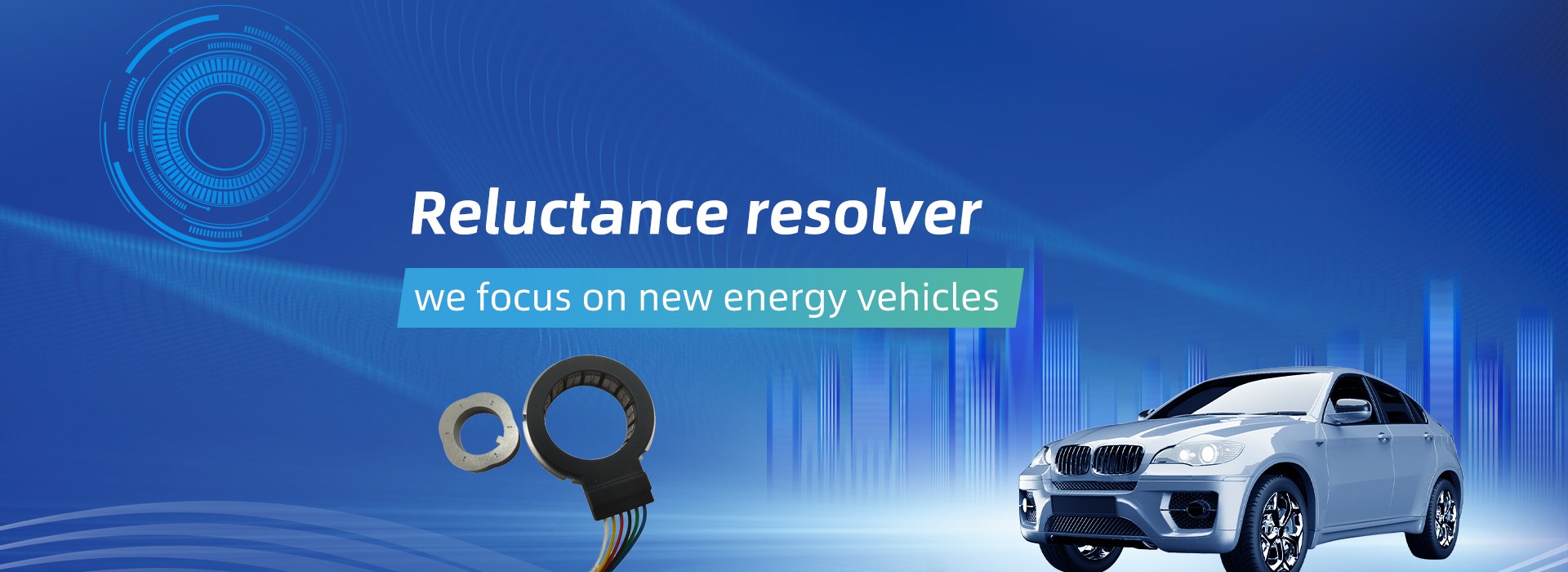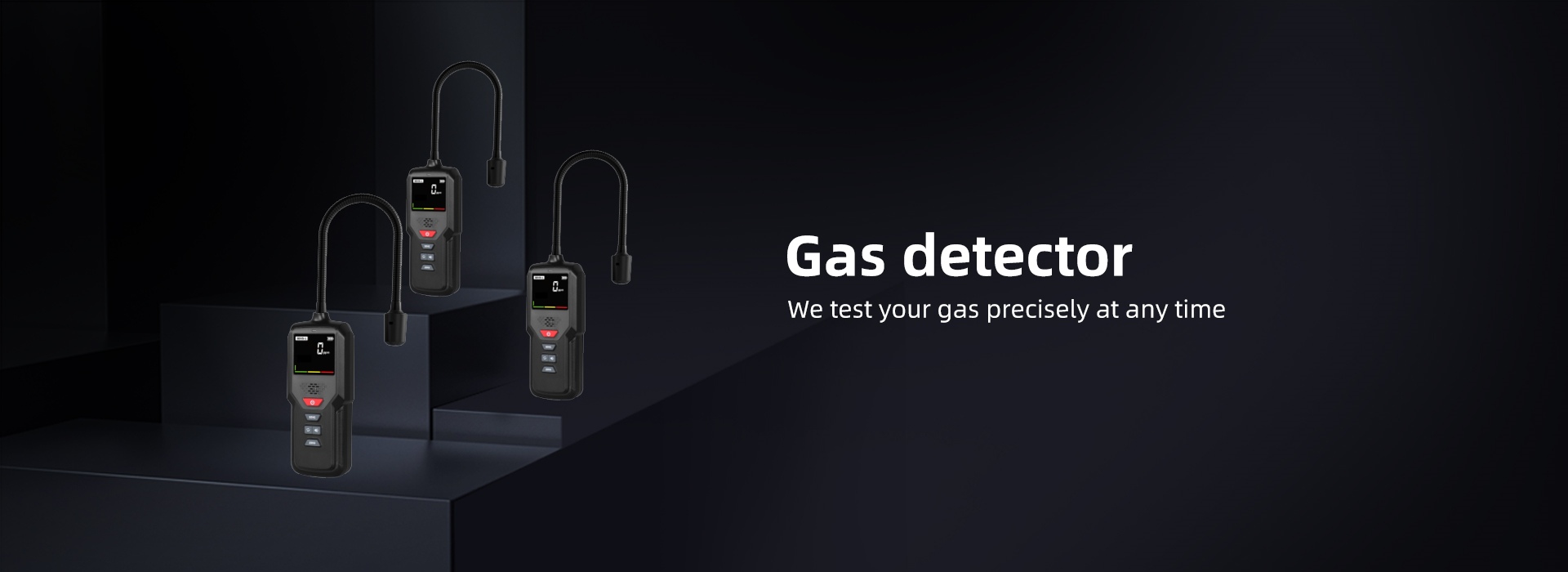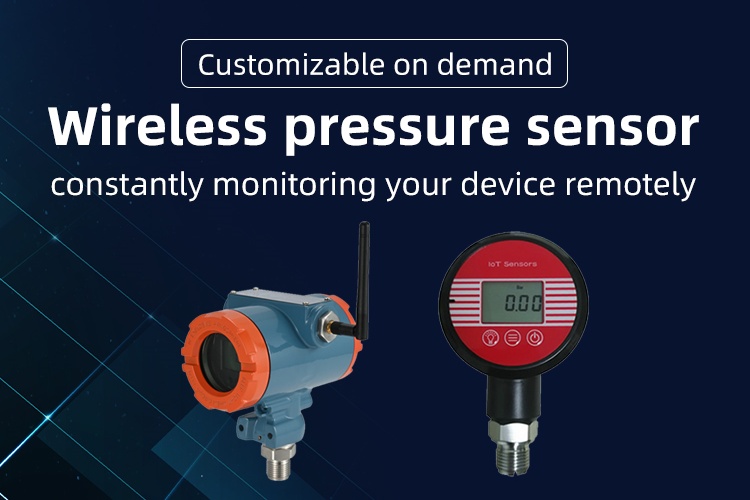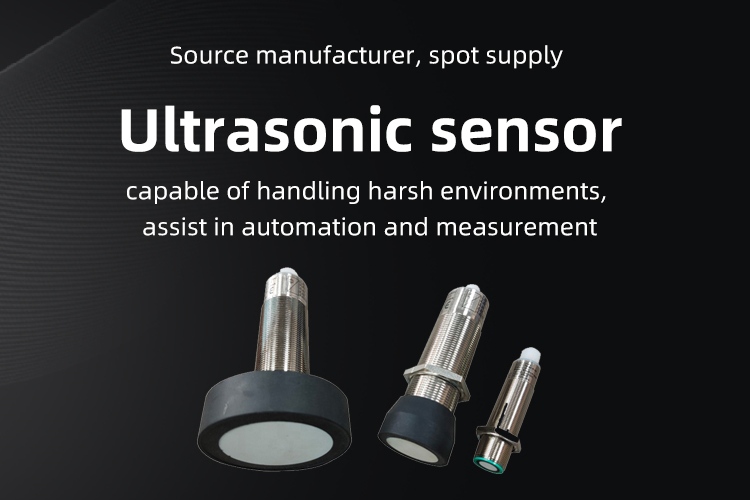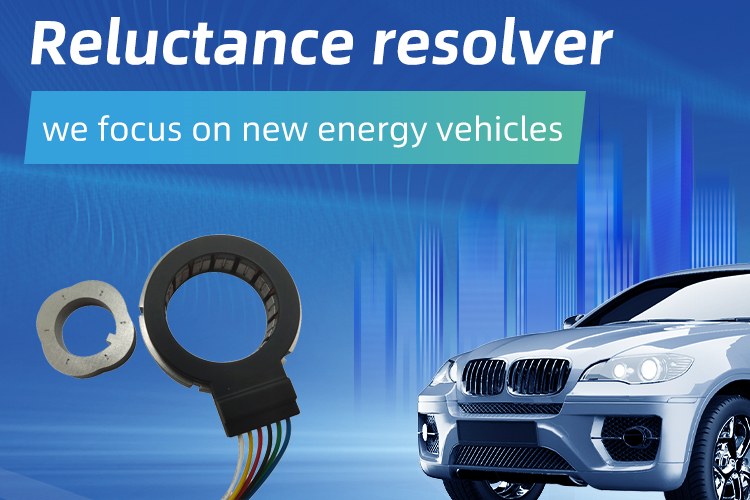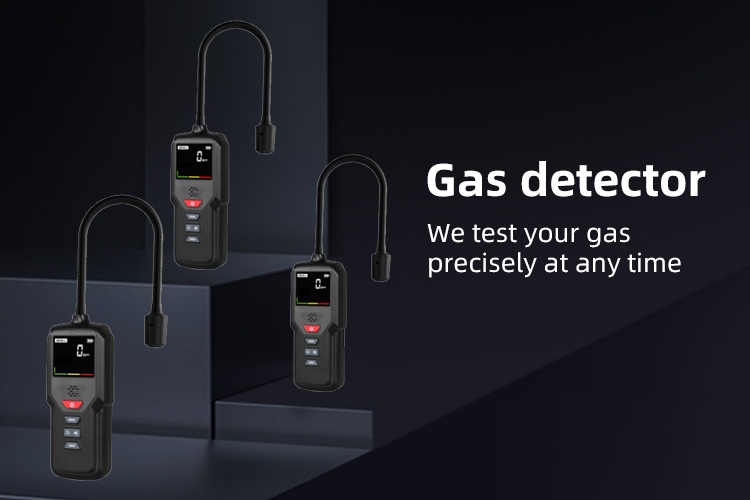
-
Home
- About Us
- Products
- Application scenarios
- Download
- News
Classify- Company News
- Industry News
- FAQ
Industry News
The difference between ultrasonic sensor and photoelectric sensor
2025-08-26Ultrasonic sensors and photoelectric sensors are two very common and important sensors in industrial automation and daily life, but their
working principles and application scenarios are fundamentally different.
Simply put:
Ultrasonic sensors, like bats, detect objects by emitting and receiving sound waves.
Photoelectric sensors, like human eyes, detect objects by emitting and receiving light.
Here is a detailed comparison of their differences:
1、 Different working principles
Feature
Ultrasonic sensor
Photoelectric sensor
Working medium
Sound (ultrasonic, typically frequency>20kHz)
Light (visible light, infrared light, laser)
Basic Principles
1. The sensor emits ultrasonic pulses.
2. The pulse reflects back after encountering an object.
3. The sensor receives the echo and calculates the round-trip time of the sound wave.
4. Calculate the distance to the object based on the speed of sound. (Distance measurement principle)
1. The transmitter emits a modulated beam of light.
2. The receiver detects changes in the light beam.
3. Determine the presence or absence of an object based on whether the beam is obstructed or reflected by the object. (Principle of on-off)
2、 Main advantages and disadvantages comparison
Feature
Ultrasonic sensor
Photoelectric sensor
advantage
1. Not affected by color or transparency: It can detect any object that can reflect sound waves, whether the color is black or white, transparent (such as glass, liquid) or opaque.
2. Anti environmental light interference: It is not affected by changes in environmental light, and works the same day and night.
3. Distance measurement: It can directly output distance values and achieve non-contact distance measurement. 4. Large detection angle: The detection area is relatively wide.
1. High precision and fast response: The speed of light is extremely fast, so the response time is very short, suitable for high-speed detection.
2. High resolution: The light spot can be made very small and can detect very small objects.
3. Wide variety: There are multiple detection modes (reflective, diffuse reflective) to adapt to different scenarios.
4. Low cost: Ordinary photoelectric sensors are usually cheaper in price.
shortcoming
1. Influenced by environment and material: Soft, porous objects such as fluff and cotton can absorb sound waves, making detection difficult. Extreme temperatures and airflow can also affect sound velocity and propagation.
2. There is a blind spot: it cannot be effectively detected within a certain distance close to the sensor (blind spot).
3. Slow response speed: The speed of sound is much lower than the speed of light, so the response time is relatively long and not suitable for high-speed applications. 4. Surface measurement requirements: The surface needs to be flat and conducive to sound wave reflection.
1. Influenced by object characteristics: Objects that are transparent, highly reflective, or have a similar background color can cause detection failure.
2. Interference from ambient light: Strong light sources (such as direct sunlight) may interfere with the sensor, leading to misoperation.
3. Unable to directly measure distance: Ordinary photoelectric switches can only determine "presence/absence", and special models (such as laser ranging sensors) need to be selected for distance measurement.
4. Sensitive to dust and mist: Particles in the medium can scatter light, affecting detection distance and reliability.
3、 Comparison of application scenarios
Feature
Ultrasonic sensor
Photoelectric sensor
Typical applications
1. Liquid/material level detection: such as water tanks, grain silos, and chemical raw material tanks.
2. Transparent object detection: bottled beverages, glass plates, plastic films.
3. Vehicle reversing radar/parking assist
4. Robot obstacle avoidance.
5. Distance measurement: such as measuring the height and width of an object.
1. Object counting: Counting the packaging of products on the production line.
2. Positioning and end of travel detection: such as the starting/ending position of the robotic arm.
3. Color code detection: Using different color reflectivity to locate (color code sensor).
4. Safety light curtain: protects the safety of operators.
5. Automatic door sensing.
4、 How to choose?
The choice of sensor depends on your specific application needs, and you can refer to the following decision-making process:
What is the object of detection?
Ultrasonic sensors are preferred for transparent, liquid, glass, and black objects.
For small objects moving at high speeds, photoelectric sensors should be given priority when distinguishing colors.
How is the testing environment?
Ultrasonic sensors have advantages in detecting dust, mist, steam, and varying lighting conditions.
Both clean and dry environments are acceptable, but photoelectric sensors may be faster and cheaper.
What functions are needed?
It is necessary to know the specific distance of the object and choose ultrasonic sensors or laser rangefinders (which belong to special photoelectric sensors).
Just judging whether a regular photoelectric switch is "present" or "absent" may be sufficient.
Ultrasonic sensors are more "inclusive" and not affected by color and transparency, but they are slower in speed; Photoelectric sensors are more agile and precise,
but they are easily deceived by ambient light and surface characteristics of objects.
For more ultrasound information, please visit our website www.micmetering.com
Links:
Service Hotline
+86 13923792185
Website:www.micmetering.com
Address:6th Floor, Block B, Area A, Qinghu Science and Technology Park, Longhua District, Shenzhen, Guangdong Province
Copyright © 2025 MIC Metering (Shenzhen) Limited 粤ICP备2025358196号-1 Cookies Policy-
Service Hotline
Service Hotline
+86 13923792185
-
WeChat
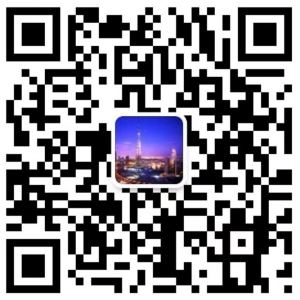
-
TOP
Our Cookie Usage Policy
Our website uses cookies and other similar technologies to distinguish you from other users of our website. This helps us provide you with a good experience when you browse our website and allows us to improve our website. For more information, please refer to our Cookie Policy. - About Us
